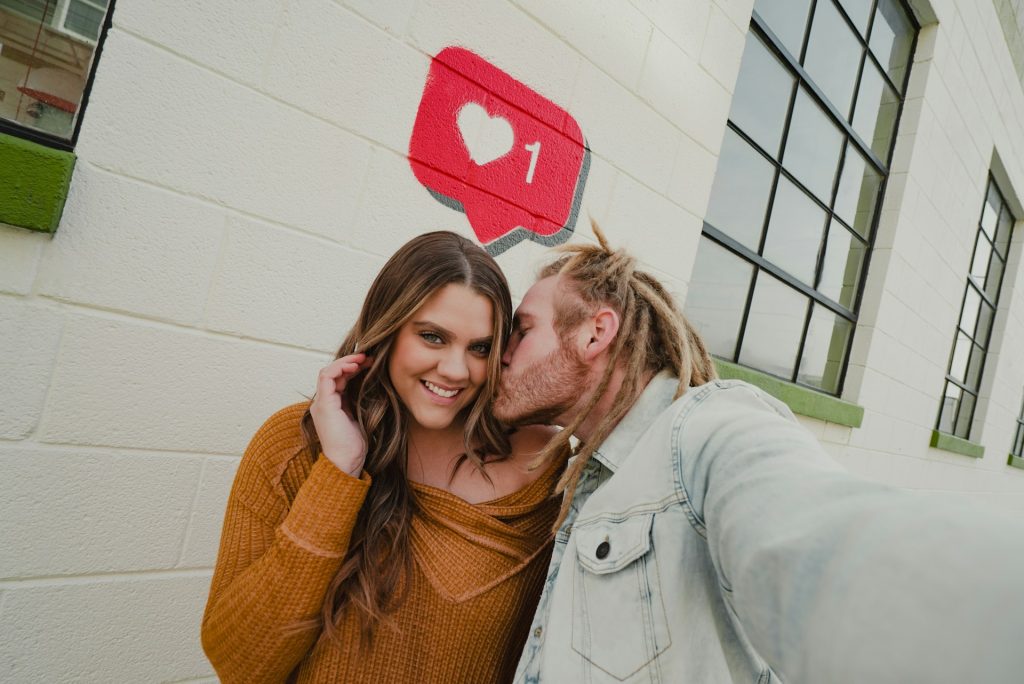
Understanding the Psychology of Sharing on Social Media
Why do people feel compelled to share content on social media? It’s a question that has fascinated marketers, psychologists, and even casual social media users for years. While some might think it’s purely for self-expression, the reality is much more complex. Understanding the psychology behind sharing can help brands craft content that not only resonates with their audience but is more likely to be passed along. In this article, we’ll dive into the key drivers that motivate people to hit the share button and how businesses can leverage this to their advantage.
The Emotional Hook: Sharing to Connect with Others
Emotions are the most powerful driver behind social sharing. Whether it’s joy, surprise, sadness, or anger, people are more likely to share content that elicits a strong emotional response. Positive emotions, like excitement or amusement, are especially shareable because they make people feel good.
For example, a heartwarming video about an animal rescue or a funny meme about everyday struggles tends to get a lot of traction. People share these types of content because they want others to feel the same emotions. It also provides an opportunity for users to strengthen their social bonds by connecting over a shared experience.
Key takeaway for brands: Create content that taps into universal emotions. Stories that make people feel something—whether it’s happiness, nostalgia, or inspiration—are more likely to be shared.
Identity and Self-Expression: Sharing to Showcase Who We Are
Social media allows people to curate their online personas. By sharing certain types of content, individuals project specific aspects of their identity to their followers. Think about it: when someone shares a news article, an inspirational quote, or a video that reflects their personal values, they’re not just sharing information—they’re making a statement about who they are and what they stand for.
This is why content that aligns with a person’s beliefs, opinions, or lifestyle has a higher likelihood of being shared. It serves as a form of self-expression and helps users feel like they are contributing to a larger conversation that’s important to them.
Key takeaway for brands: Understand your audience’s core values and interests. Craft content that allows them to express their identity while reinforcing their sense of belonging to a community.
Social Currency: Sharing to Build Status
People share content because it helps them look good in front of their peers. This is known as social currency. When individuals share valuable, informative, or entertaining content, they gain a sense of prestige, positioning themselves as “in the know” or as an authority on a particular subject.
Social currency is why content like industry reports, infographics, and trending news articles often perform well on platforms like LinkedIn and Twitter. People want to share content that reflects well on them and demonstrates their expertise or awareness of the latest trends.
Key takeaway for brands: Provide your audience with content that is useful, insightful, or unique. This way, they’ll be more likely to share it to elevate their own status among their network.
Reciprocity: Sharing to Return the Favor
The principle of reciprocity plays a big role in social sharing. When someone receives something of value, they often feel compelled to give back. On social media, this might take the form of sharing a blog post, tagging a friend in a giveaway, or recommending a brand after experiencing great service.
Users feel indebted to share when they believe they’re passing along something valuable to their followers. If someone finds a helpful tip, for instance, they’ll likely share it, feeling they’re doing their network a favor by passing along useful information.
Key takeaway for brands: Offer valuable content that helps or educates your audience. By consistently providing value, you encourage your followers to reciprocate by sharing your content with others.
Altruism: Sharing to Help Others
Another key reason people share content on social media is out of altruism. They genuinely want to help others by spreading useful, educational, or life-enhancing information. Think of people sharing donation links, how-to guides, or articles about causes they care about.
Content that makes people feel like they’re making a positive impact on others is highly shareable, especially if it addresses issues that resonate with their moral compass. From environmental issues to social justice causes, users are motivated to share information that promotes positive change.
Key takeaway for brands: Align your content with causes or themes that your audience cares about. Provide actionable ways for them to get involved, and they’ll be more likely to share it out of a desire to help others.
The Fear of Missing Out (FOMO): Sharing to Stay Relevant
The fear of missing out, commonly referred to as FOMO, is a powerful motivator for sharing. Social media thrives on trends, and users often share content because they don’t want to be left out of the latest conversations. Whether it’s a viral challenge, breaking news, or a trending hashtag, people share to ensure they’re part of the collective experience and not on the outside looking in.
FOMO-driven sharing is why time-sensitive content, such as exclusive offers, product launches, or trending news, can quickly go viral. People want to be part of the conversation while it’s still relevant.
Key takeaway for brands: Create timely and relevant content that taps into current trends, popular events, or exclusive opportunities. This encourages your audience to share it quickly, as they don’t want to miss out—or let their followers miss out—on something important.
Storytelling: Sharing to Communicate Ideas Effectively
Humans are hardwired to respond to stories. A well-told story can evoke emotions, make complex ideas easier to understand, and create a lasting impact. Social media users share stories that move them or help communicate their own views and experiences in a more engaging way.
Whether it’s a personal testimony, a behind-the-scenes look at a brand’s operations, or a customer’s journey, stories engage the audience in ways that traditional promotional content can’t. People are more likely to share content that tells a story because it gives their own posts context and meaning.
Key takeaway for brands: Focus on storytelling when creating content. By framing your messages within a narrative, you not only make your content more engaging but also more shareable.
Conclusion
The psychology of sharing on social media is driven by a mix of emotions, self-expression, social standing, and a desire to help others. By understanding these motivations, brands can create content that not only resonates with their audience but is more likely to be shared. Whether tapping into emotions, appealing to identity, or offering valuable information, the key is to make content that is both relevant and meaningful to your audience.
By aligning your strategy with these psychological triggers, you can foster deeper connections and boost your brand’s visibility in the crowded digital landscape.


